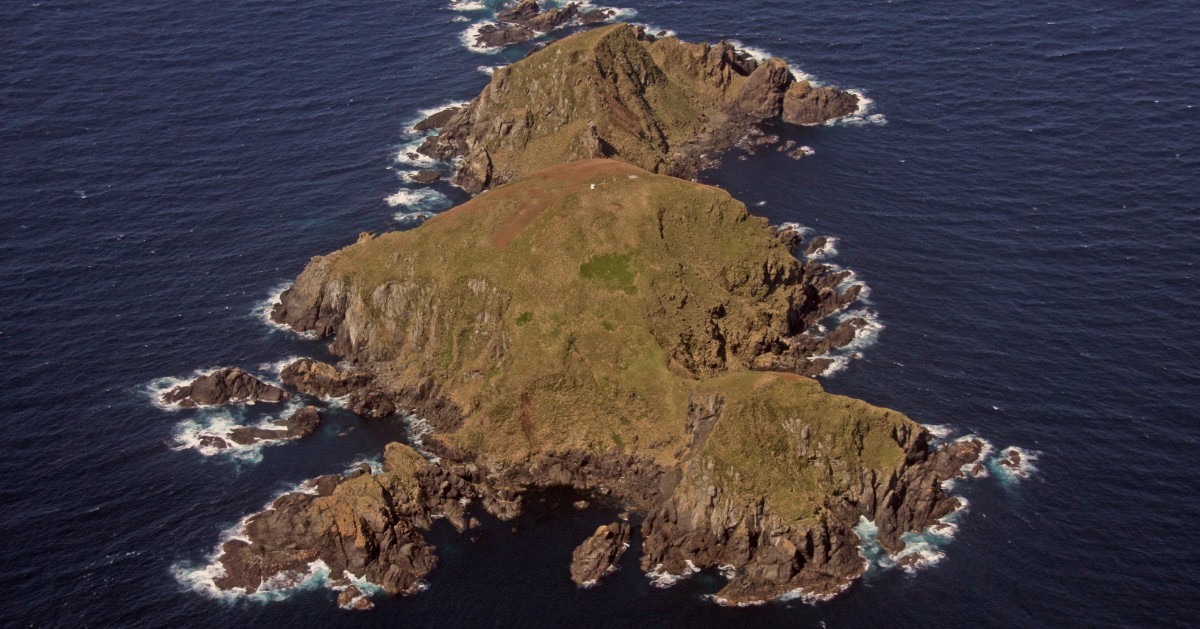December 4, 2024
The Ebiil Society: Champions of Palau
Ann Singeo, founder of our partner organization the Ebiil Society, shares her vision for a thriving Palau and a flourishing world of indigenous science!
We use cookies to help you navigate efficiently and perform certain functions. You will find detailed information about all cookies under each consent category below.
The cookies that are categorized as "Necessary" are stored on your browser as they are essential for enabling the basic functionalities of the site. ...
Necessary cookies are required to enable the basic features of this site, such as providing secure log-in or adjusting your consent preferences. These cookies do not store any personally identifiable data.
Functional cookies help perform certain functionalities like sharing the content of the website on social media platforms, collecting feedback, and other third-party features.
Analytical cookies are used to understand how visitors interact with the website. These cookies help provide information on metrics such as the number of visitors, bounce rate, traffic source, etc.
Performance cookies are used to understand and analyze the key performance indexes of the website which helps in delivering a better user experience for the visitors.
Advertisement cookies are used to provide visitors with customized advertisements based on the pages you visited previously and to analyze the effectiveness of the ad campaigns.
Looking to make an impact this Earth Month? Here’s how.

Lying just off the northwest coast of Vancouver Island, British Columbia, the Scott Islands are home to the highest concentration of breeding seabirds along Canada’s Pacific coast. The five islands which make up the archipelago are vital to over one million seabirds which return each year to nest and breed.
Since 1995, the islands have been protected in order to preserve the biodiversity and ensure safe nesting habitat for native species. This protection has successfully maintained the international Important Bird Area and ensure the success of Canada’s seabirds including Tufted Puffins, Common Murres, Cassin’s Auklets, and Rhinoceros Auklets which rely on the island and surrounding waters.
Now, Fisheries and Oceans Canada has announced the expansion of the protected area to include the surrounding 11,546 square kilometers of ocean. The area will be collaboratively managed by federal and local stakeholders. This decision is aimed at benefiting the island wildlife which relies on the marine biodiversity as well as protecting the several at-risk marine species.
The expansion of the wildlife area is the first protected marine area established under the Canada Wildlife Act and gives native wildlife a chance to thrive.
Featured photo: Aerial view of Scott Islands. Credit: Kirsty Swinnerton & Gregg Howald
Sources: Government of Canada
Check out other journal entries we think you might be interested in.
Notifications